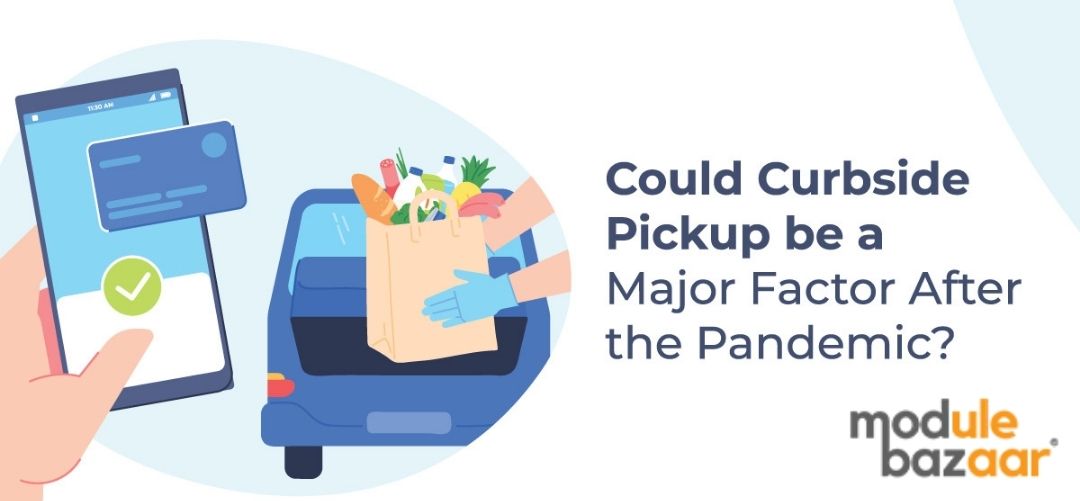Share the post "Could Curbside Pickup be a Major Factor After the Pandemic?"
Contactless service is proving to be more than just a stopgap tool during the pandemic. Now, many restaurants are seeing contactless and curbside pickup as a lasting trend in off-premises sales. It’s a welcome approach to restaurants and other businesses, offering new ways to cater to customers in a time when every sale counts. It’s vital to explore curbside pickup’s growth going into 2021 and beyond.
How Curbside Pickup Took Off
Curbside pickup has allowed restaurants to serve off-premises customers during the pandemic even if they didn’t have the right setup for pickup and delivery. Most restaurants don’t have pickup areas, drive-thrus, or in-house delivery systems and needed to adopt off-premises ordering on the fly. Curbside can be accomplished with any restaurant that can send employees to bring their order to the customers outside or in their car.
Even after the pandemic’s limitations are lifted, curbside is expected to be valuable to stores. In the US, 40% of those who purchased takeout during the pandemic chose curbside delivery, and about two-thirds of them said they would keep doing so even after they can dine inside again, according to Technomic. Restaurant Business reported that Applebee’s earned 68% of its to-go business through curbside sales. In addition, the Buffalo Wings & Rings chain has stepped up its ‘valet’ service where employees bring food to the customer’s vehicle in a specialized parking space.
The flexibility of curbside makes it more widely available to full-service and other restaurants lacking drive-thrus. Implementing it only takes a few days of planning, and with large properties with parking space, they can designate specific parking spots for curbside only, making it easier to reach customers quickly and fulfill more orders.
Read also:Step up to improve Customer Curbside Pick-up Experience
Companies Invest in More Curbside Resources
Similar trends are showing up throughout food and other retail industries. WalMart’s grocery ordering recently expanded its plans for curbside pickup to replace its in-store automated pickup areas. A survey of 1000 US customers from Raydiant in April found that 75% used curbside pickup in the last 12 months and 34% of all customers who have bought items online and picked up in-store said they would use the service more often if items were brought to them in their vehicle.
New technologies make curbside pickup more practical. When using mobile delivery apps, enabling curbside pickup is as simple as selecting a different option when placing an order. The app informs customers when their order is ready for pickup, and with two-way communication, the customer can say when they have arrived. Stores have come up with multiple solutions for telling customers where to go for curbside pickup, such as lining up at the front curb or waiting in designated parking spaces. Companies such as Panera plan to use geolocation technology in their apps so customers can be checked in when they arrive and employees can find them instantly.
Curbside can serve as a replacement for in-store pickup because it reduces crowding inside. Even with indoor occupancy restrictions lifted, restaurants and other stores still have limited space to assign to a pickup counter and waiting area. They can better use this space for in-house customers and avoid cluttering the front entrance with additional customers. Employees can be stationed in the kitchen or another entrance to reach the curbside parking area quickly and find the right customer.
The contactless aspect of curbside pickup may be less critical as restrictions are lifted, but many customers still prefer less interaction with employees and a quicker turnaround time. Since payment can be made online through an app, the employee doesn’t need to worry about carrying cash or a POS, and the customer can get a contactless pickup and get out quickly.
While some may have seen curbside pickup service as a temporary measure, many companies are investing in it for the long term. It can go from being an informal channel to a standard solution for meals, groceries, and other items. Mobile delivery apps make curbside a practical option in an omnichannel business.


